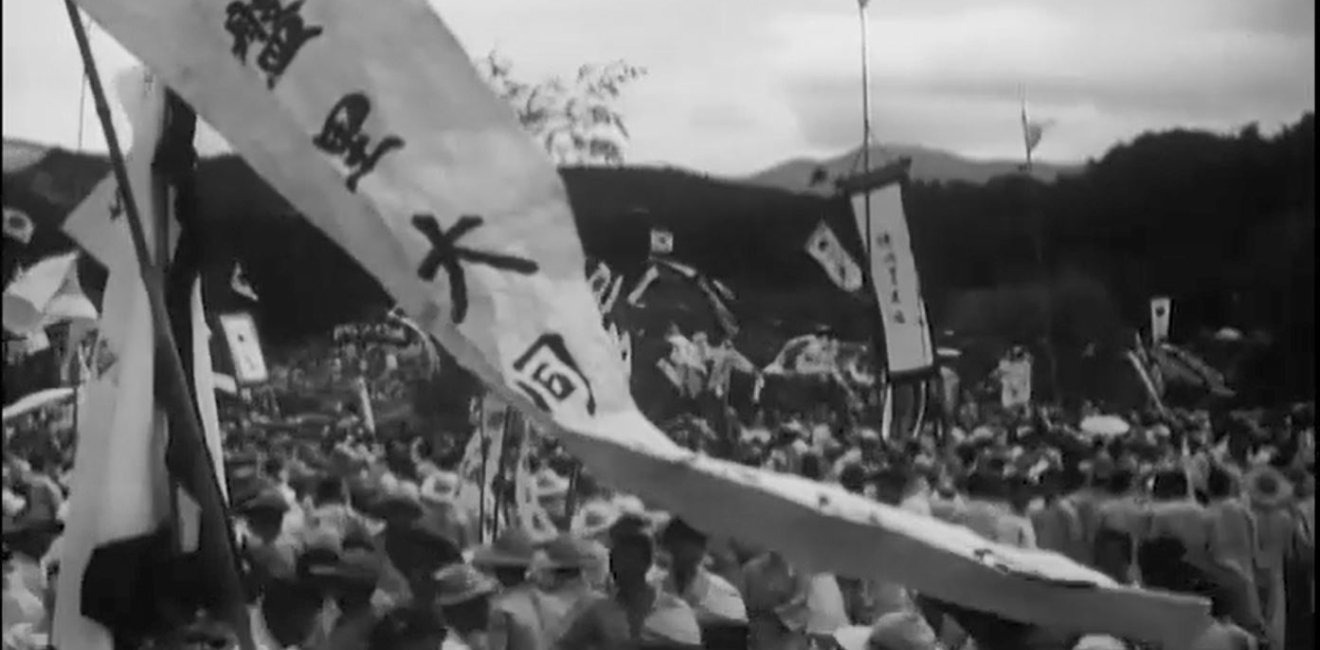
A blog of the Indo-Pacific Program
For Korea, the end of World War II on August 15, 1945, meant freedom from more than 35 years of colonial rule by Japan.
The few surviving images from that historic day give us a glimpse into the elation of the Korean people at the return of their independence. One photo shows beaming Koreans − former inmates of Mapo Prison who had been arrested and tortured for advocating independence − waving their arms, celebrating their freedom.
In the 75 years since that day, August 15th has served as a joyous reminder of the end of a dark period in Korean history. Archival footage from 1948 shows Koreans dressed in traditional garb dancing and celebrating both the three-year liberation anniversary and the founding of modern-day South Korea.
It remains one of the few national holidays celebrated by both Koreas, called Liberation Day (Gwangbokjeol) in the South and Liberation of the Fatherland Day (Jokukhaebangui-nal) in the North.
This year, South Korean President Moon Jae-in celebrated the occasion at Dongdaemun Design Plaza, where he invoked the site's colonial-era past. Kim Jong Un sent a wreath emblazoned with the words “We will remember forever” to the Liberation Tower in Pyongyang.
However, Liberation Day also marks the beginning of Korea’s division. Soon after August 15th, the United States and Soviet Union agreed to divide the Korean Peninsula along the 38th Parallel, with the Soviets sending troops from the north and the United States from the south.
Over the decades, rhetoric on both sides of the Demilitarized Zone has evolved to accommodate this challenging history by framing "liberation" in a nationalistic way.
South Korea: Promoting Progress and Cooperation
For South Korean leaders, this holiday has been both an opportunity to recognize the country’s accomplishments and an occasion to push the country beyond its difficult history.
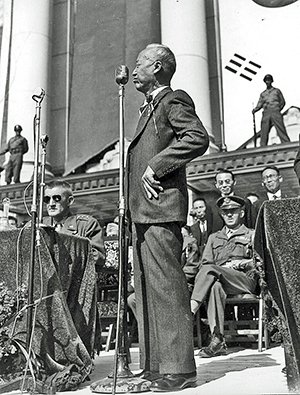
A pattern has emerged, visible in speeches from Presidents Syngman Rhee and Kim Young-sam to more recent leaders such as Park Geun-hye and Moon Jae-in, whereby South Korean leaders use nationalist rhetoric to create a unified narrative of Korea and purposefully draw attention away from the colonial period while also calling for cooperation with Japan.
In his inaugural speech as the first president of South Korea, Rhee used the 1948 anniversary to say: “The country that was lost 40 years ago is found again; the people that died live again.”
This was nationalistic in that it rhetorically included Koreans who had not lived to see the founding of South Korea in his national narrative.
However, the lack of a direct mention of Japan is noteworthy. Rhee, dealing with economic stagnation and political questions over the newly divided peninsula, opted not to attempt to rally public support by targeting Japan.
In 1995, President Kim Young-sam marked August 15th by announcing plans to destroy the same former colonial administration building where Rhee had given his inaugural speech. However, Kim also connected the destruction of the building to the larger erasure of colonial memory, as Dr. Christine Kim has noted.
In 2015, President Park Geun-hye condemned the lack of resolution for comfort women victims, a response to Japanese Prime Minister Shinzo Abe's speech given the day before on August 14, 2015. Nonetheless, Park still stressed cooperation and peace with Japan.
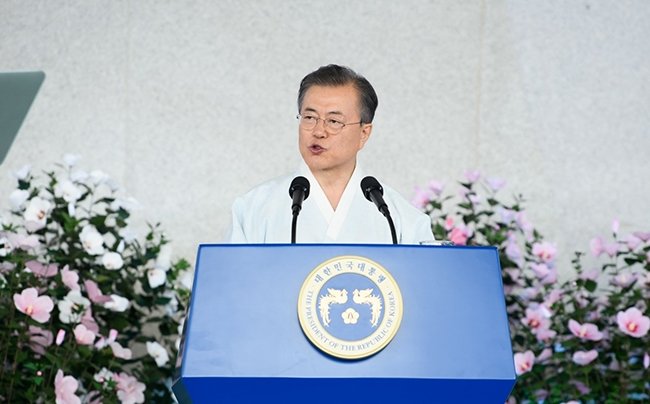
Moon’s statement in 2019 also followed this pattern. His invocation of a prosperous future for South Korea closely paralleled Rhee’s when he said, “Reflecting on the past does not mean clinging to the past but overcoming what had happened and moving toward the future.”
In 2020, he continues to grapple with resurgences of COVID-19 and the ongoing impact on the South Korean economy. But Moon also made sure to stress his support for a recent court case against Japanese companies that profited from wartime forced Korean labor. What remained consistent, however, was his insistence on cooperation and friendship with Japan.
What this tells us is that South Korean leaders, including Moon, are aware of the potency of nationalistic rhetoric and the effects it can have on their regional community. By selectively connecting Korea’s pre-colonial history with South Korea’s success after independence, they seek to create a unified, nationalistic narrative about the Republic of Korea.
North Korea: August 15th Mythmaking
North Korea has also engaged in its own national mythmaking surrounding August 15th.
Primary source analysis reveals massive shifts from a Soviet-centric liberation narrative to one that aggrandizes the role of President Kim Il Sung. This evolution appears to be based on pragmatic reasoning at the state level. Internally, it supports the Kim family’s cult of personality and the state’s emphasis on autonomy. Externally, it mitigated the doctrinal differences brought about by de-Stalinization and fallout caused by the Sino-Soviet split.
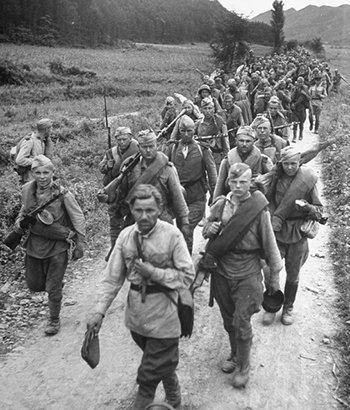
During the height of Soviet-North Korean relations, roughly 1945 to 1960, the Soviet Union was lauded as the key liberator of North Korea. An article in the North Korean magazine Inmin Kyoyuk, published in August 1955 reads: “Just 10 years ago, the courageous Soviet army freed us from the chains of slavery from the malicious Japanese forces.”
The same magazine, exactly three years later, published a similar article entitled “Let Us Leave Flower Bouquets at the Liberation Tower.” Its retelling closely paralleled the previous article, noting, “‘What kind of army is the Soviet army?’ / ‘The Soviet army is an army that liberates a scorned and weak country.’”
By the 1990s, however, the role of the Soviet Union was significantly diminished in retellings of Liberation Day.
In 1993, Kim Il Sung was described as the “peerless patriot” who “led the Korean people to victory… and liberated the country.” The Soviet Union was reduced to having played a minor supporting role. In the 1998 edition of his memoir, Kim credits the “long, drawn-out resistance by the army and the people of Korea” as paving the way for any kind of success by the “Soviet operations against Japan.”
These changes occurred in tandem with North Korea’s emphasis on Juche, a philosophy of self-reliance, as well as fallout within the Soviet-North Korea-China triangle from the 1960s to the 1980s. A 1963 report from East Germany notes that North Korea was engaging in a “nationalist exaggeration” of the role of the Korean People’s Resistance Army and a “denial of the Soviet Union’s role as Korea’s liberator.”
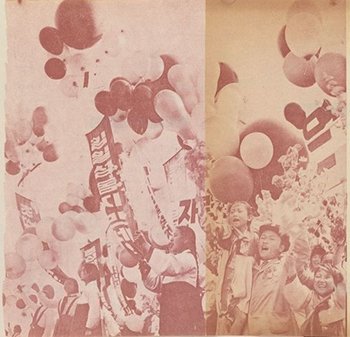
Not only did these actions support efforts to solidify Kim’s cult of personality, but it also allowed North Korea to put meaningful distance between itself and the Soviet Union.
“Liberation of the Fatherland Day” is still celebrated in North Korea today, albeit on a smaller scale than other anniversaries. This year, titles of articles praising Kim Il Sung included “President Kim Il Sung, Savior of National Restoration” and “Kim Il Sung, Peerless Patriot.”
Modifications to retellings of August 15th in both Koreas speak to differences in how North Korea and South Korea celebrate Liberation Day, despite the shared history. As such, the study of the nationalistic rhetoric in both Koreas around occasions such as Liberation Day is important as a source of insight on national narratives.
Axel Catellier is pursuing a master’s degree in Asian Studies at the Georgetown University Walsh School of Foreign Service. Olivia Grotenhuis is a recent graduate of the University of Virginia, where she earned her B.A. in Foreign Affairs and East Asian Studies with a concentration in Korean language. Both are research interns at the Wilson Center’s Hyundai Motor-Korea Foundation Center for Korean History and Public Policy.
Follow the Korea Center on Twitter @Korea_Center or on Instagram at @wilsoncenterkorea.
The views expressed are the author's alone, and do not represent the views of the U.S. Government or the Wilson Center. Copyright 2020, Asia Program. All rights reserved.
Authors
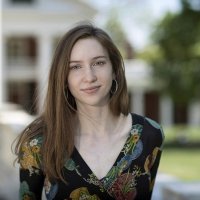

Indo-Pacific Program
The Indo-Pacific Program promotes policy debate and intellectual discussions on US interests in the Asia-Pacific as well as political, economic, security, and social issues relating to the world’s most populous and economically dynamic region. Read more


Hyundai Motor-Korea Foundation Center for Korean History and Public Policy
The Center for Korean History and Public Policy was established in 2015 with the generous support of the Hyundai Motor Company and the Korea Foundation to provide a coherent, long-term platform for improving historical understanding of Korea and informing the public policy debate on the Korean peninsula in the United States and beyond. Read more

